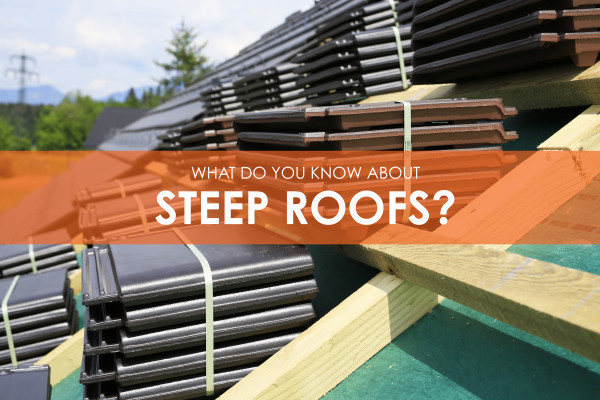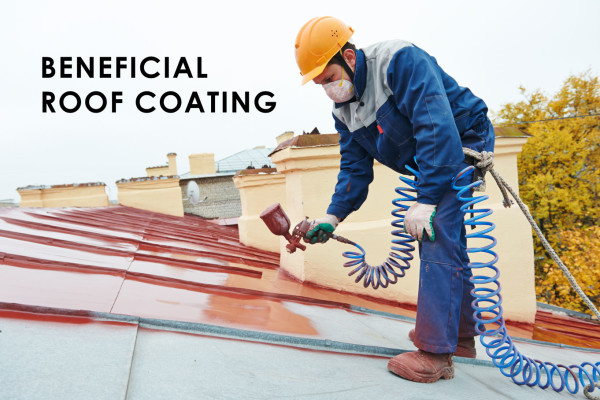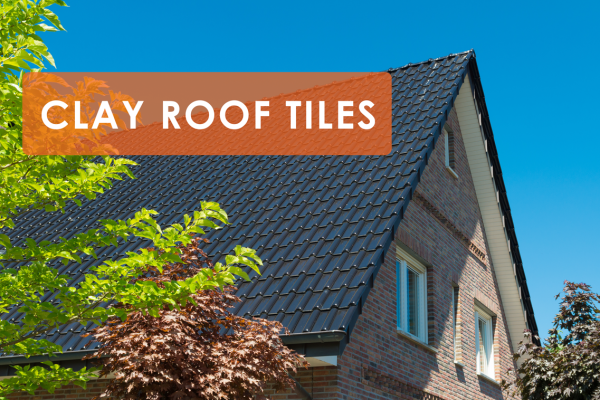Although wood doesn’t seem like the best choice for Commercial Roofing, being a flammable material and all, many commercial buildings have wood shakes and wood shingles in their roofing and the material, if coated and protected properly, can withstand all kinds of elements, including fire.
For roofing purposes, pine, cedar, cypress or redwood are the four most commonly used trees. Pine shakes are usually made from southern yellow pine and are also taper sawn and treated with preservatives that protect them against rot and termites. Cedar (typically western red) shakes and shingles are also pressure-treated with chemical preservatives and fire retardants to provide extra fire resistance to the roof and to make it less rot and decay-prone.
When manufacturing wood shakes, the wood is first split from logs and reshaped so the butt end is thicker than is the case with wood shingles. The shakes are also split and have a split face and a sawn back, while the taper sawn wood shakes are sawn on both sides and have a natural taper. Wood shingles, on the other side, are sawn on both sides and are equally thick at both ends.
For the underlayment, asphalt-saturated, nonperforated organic felts are most commonly used when it comes to wood shakes and shingles, with “felt paper” sheets often used more as “interlayment” if they are used on wood shakes. They are applied between the courses and not over a substrate.
For the deck, wood roofing systems are often applied over spaced (“skipped”) sheeting or over a closely spaced wood decking. NRCA also recommends either OSB (oriented strand board) or plywood to be used for decks, with both being at least 15/32 inch thick or ½ inch nominal thick for 16 inch rafter spacings. For 24 inch spacings, NRCA recommends 5/8 inch nominal thickness.




